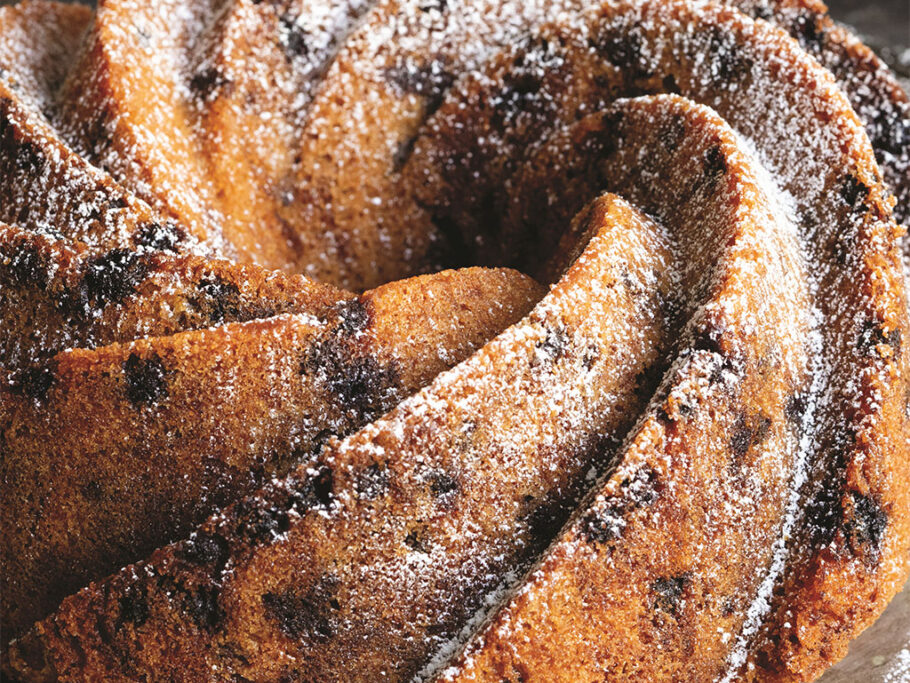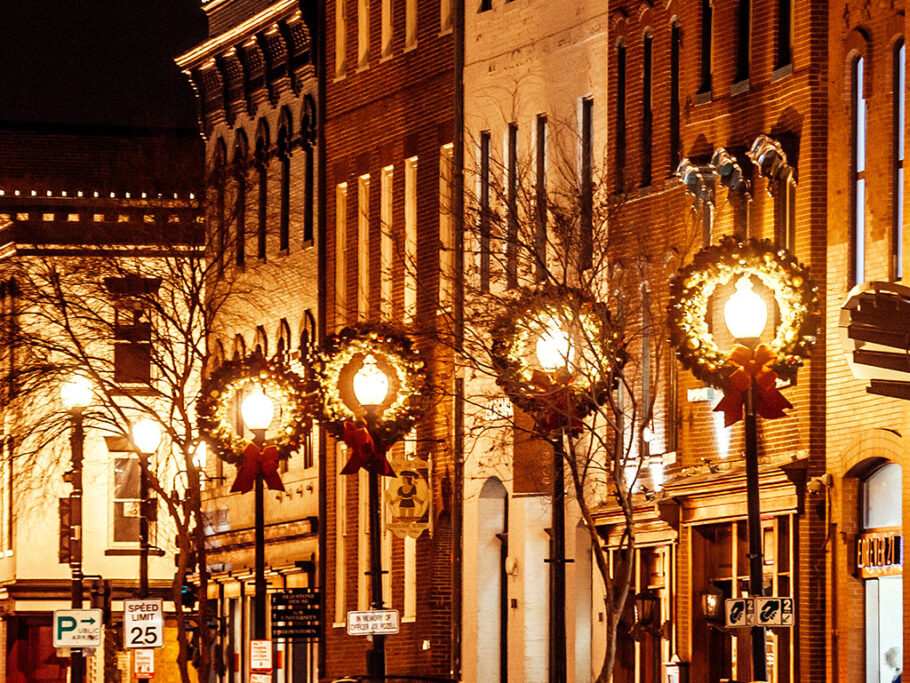Here’s What Must Stay and What Must Go When Selling Your Home
Moving day is getting close, and you’re all set with boxes, tape, and a truck. But before you begin packing everything in your home, it can be helpful to know which items typically stay with the house and which items you should take with you. Use this list to help make your move easier and avoid potential conflicts with the homebuyer and buyer’s agent.
Items that stay
It’s important to understand that some items inside and outside your house are part of your home sale. Many of these items are fixtures, meaning they’re physically and permanently attached to your home or property. Remember that you can choose not to include some of these items in the sale of your home. In this situation, you will need to work with the buyer and factor this exclusion into the sales agreement, which a real estate agent can assist with.
In-ground items
Any outdoor features secured into the ground, such as mailboxes, basketball hoops, and firepits, are part of the home sale. This also applies to landscaping elements, such as trees, plants, or shrubs.
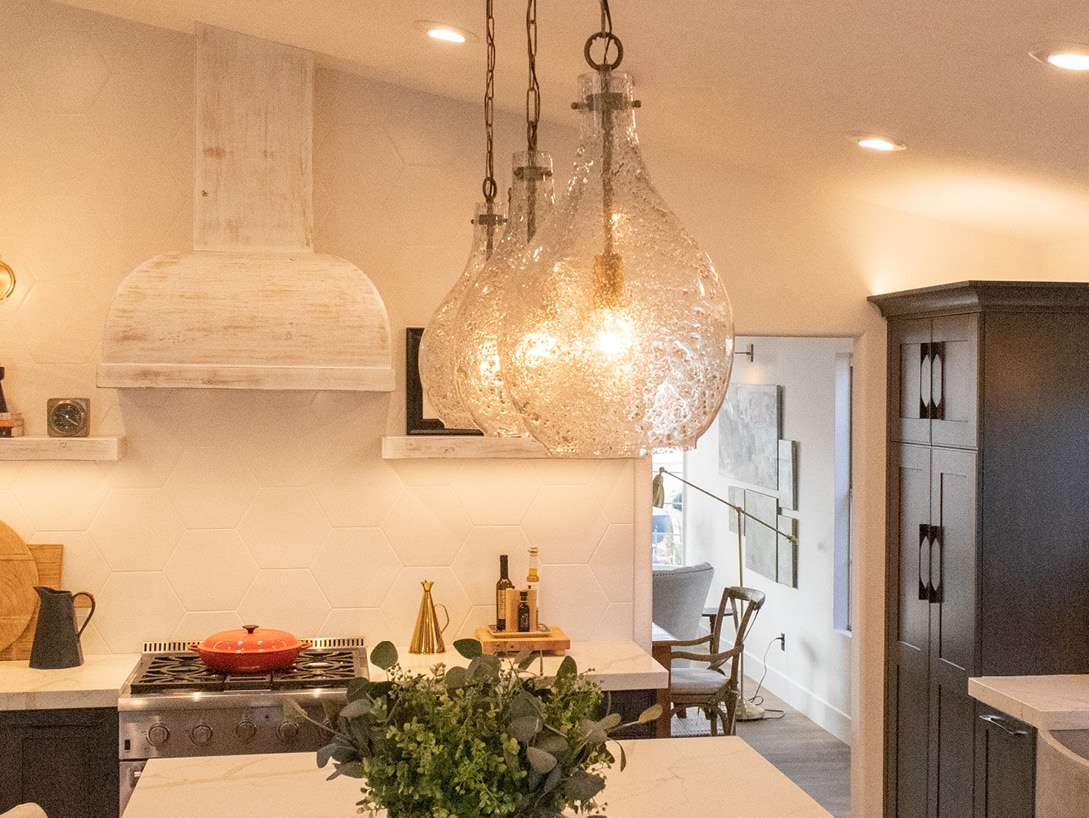
Light fixtures
Even if you were the one who installed that expensive chandelier in the dining room, unless you list it as an exclusion in the sales agreement, it needs to stay. Remember, unless you let the buyer know about it, you should not replace a light fixture with a different one. If you want to replace a light fixture, be sure to do so before listing your home.

Mirrors
This determination comes down to an case-by-case basis. If a mirror is hanging on a wall like a painting, you can take it with you. However, if it is bolted to the wall, you’ll need to leave it with the house.
Window treatments, cabinet hardware, and doorknobs
You will be expected to leave behind curtain rods, curtain holdbacks, and blinds because they’re installed and attached to your home. However, you can remove and pack curtains and drapes.
Any hardware on your cabinets and doorknobs must stay in place. If you can’t part with a specific feature you’ve installed, you must get the buyer to agree to let you replace it before moving out. You can also change these items before listing the home.
Smoke detectors
You need to leave both smoke detectors and carbon monoxide detectors behind when selling your home.
Paint
If you have extra paint or wallpaper you’ve used in the home, you might want to leave it behind for the new owners as a courtesy in case they need to perform any repairs or touch-ups.
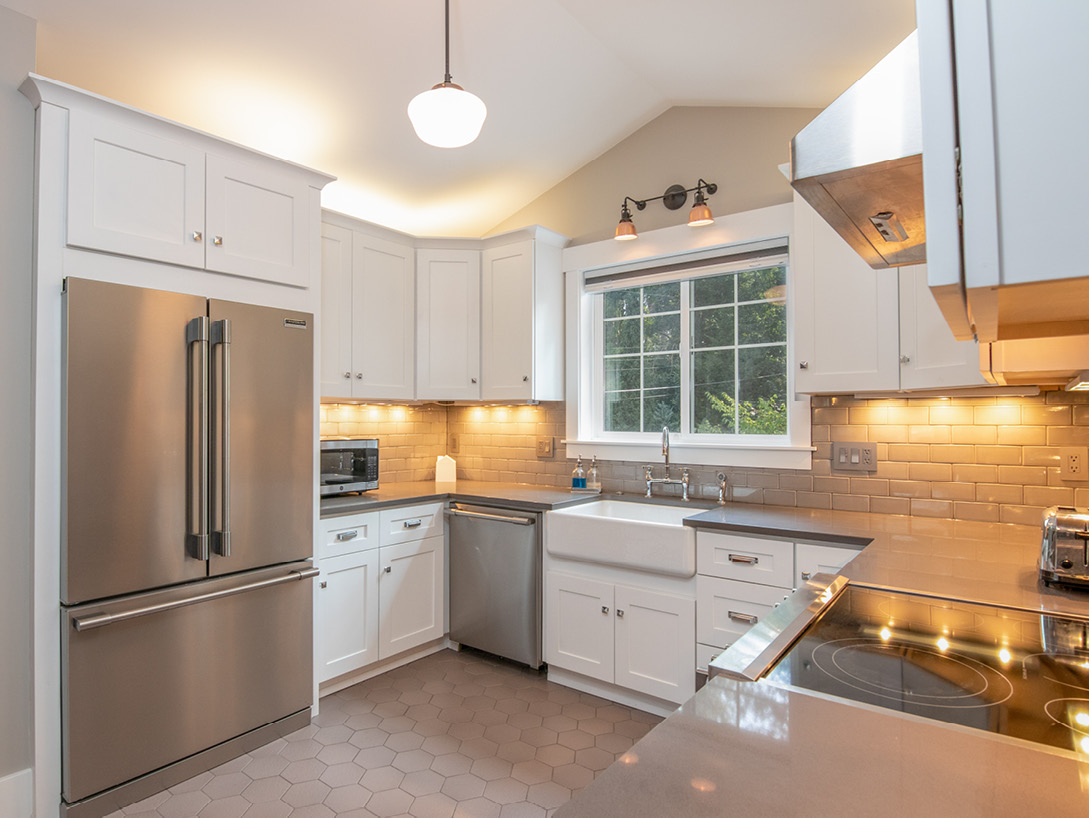
Items that go
There are also items in your home that are not part of the sale. However, there may be exceptions depending on your specific situation.
Appliances
Most of your appliances, such as refrigerators, washers, and dryers, are not technically part of the sale of your home. However, this can vary from sale to sale, and it is typical for appliances to be left to the new homeowners. If you’re not planning to include appliances in the sale of your home, make sure to include this information in the sales contract.
Built-in appliances, like dishwashers and some microwaves and ovens, are fixtures and are therefore included in the sale. If you’re leaving appliances behind, make sure to also leave any manuals and warranty information.
Hot tubs and above-ground pools
A standalone hot tub or above-ground pool isn’t necessarily part of a home sale. However, you might want to include them anyway due to the expense and difficulty of moving these items.
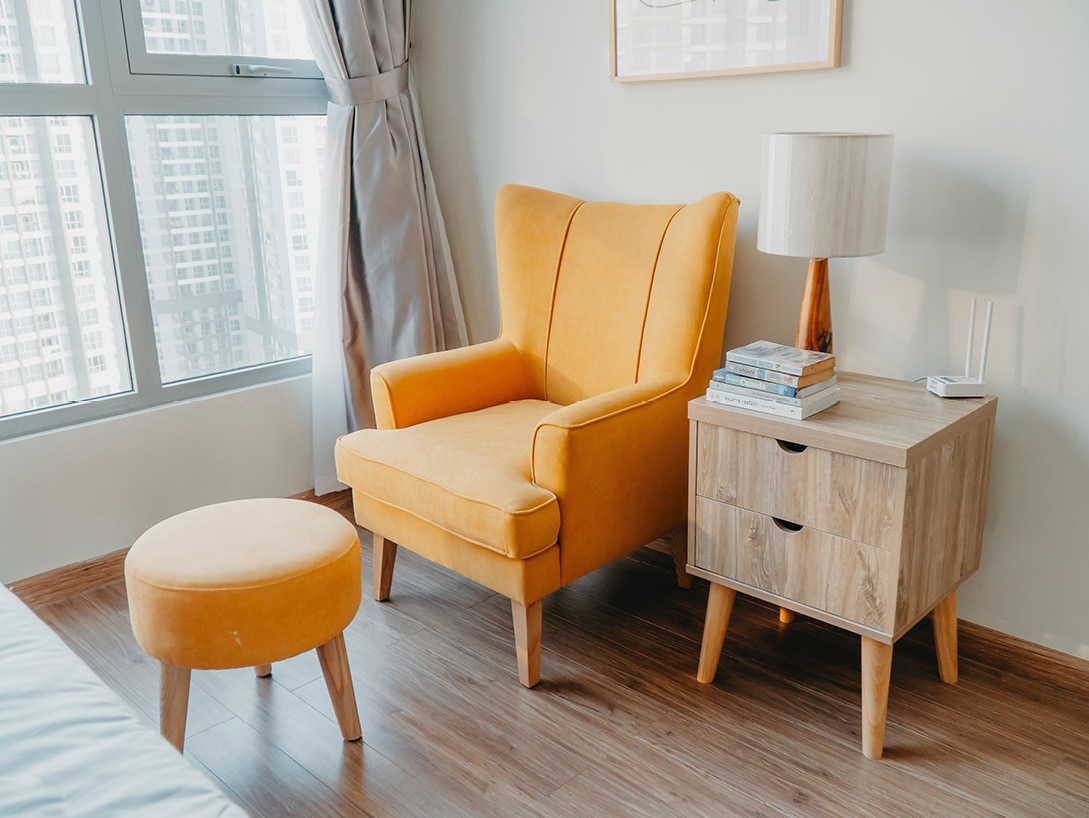
Furniture
All your indoor and outdoor furniture will come along with you on your move. However, anything built-in, such as shelves, desks, or benches, will need to stay.
If you’re looking for more moving tips, check out these suggestions that can help you save time and money.

